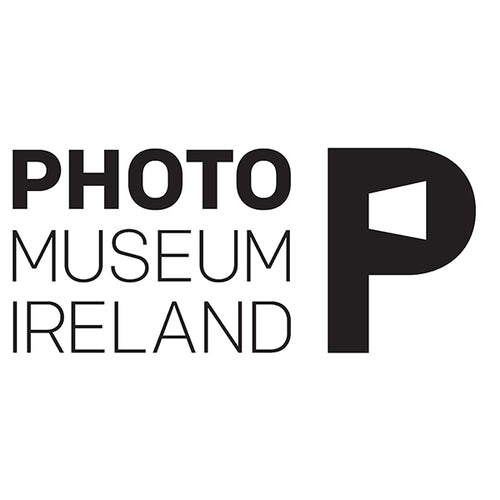Photo Museum Ireland
Source Magazine: Thinking Through Photography - Source Issue 107 Spring 2022
Source Magazine: Thinking Through Photography - Source Issue 107 Spring 2022
Couldn't load pickup availability
Issue 107 — Spring 2022
View Contents ▸
SIGNS
Like estranged cousins, the road sign and the photograph appear to be related in only a formal sense, perhaps part of some larger family of objects that convey meanings, one clear and direct, the other prone to vagueness. But recently what is obvious or not obvious has seemed less straightforward; we ask ‘Is this the speed limit?’ and ‘Is this a party?’ as if they were the same type of question. Partygate is only the most recent instance of Prime Minister Boris Johnson making simple rules uncertain, Judith Williamson helps us interpret the photographic evidence to find out what has occured.
It is worth remembering that we still place faith in photographs to provide evidence. Our archive feature is made up of images from a photographic album held in the collection of The Wiener Holocaust Library in London. It was made in 1935, the year after the Reich ‘treachery law’ had criminalised any activity deemed to cause damage to the welfare of the Third Reich and the prestige of its ruling Nazi party (legislation chillingly echoed in President Putin’s law to punish anyone spreading ‘false information’ about his invasion of Ukraine). The album was made by German-Jewish businessman, Fritz Fürstenberg and his fiancée, Käthe Smoszewski who, with considerable personal risk, documented antisemtic signs dotted throughout the German countryside, its towns and villages. The album was created to be disseminated as evidence of antisemitism in Germany. Jonathan Long, who introduces the pictures, notes the perturbing way "propaganda had become so much part of the everyday".
Mari Mahr started out in the early 1960s as a trainee press-photographer at the Hungarian News Agency. In 1973 she moved to the UK, taking up a place at the Polytechnic of Central London, where her tutors included Victor Burgin, known for his work combining photography and text. For Mahr it was an opportunity to find a "photographic language" that would be "more suitable for my new expatriate self". We are publishing images from her new work Words, Words, Words... which has as its starting point the idea that the internet is slowly making dictionaries redundant. Mahr says her "seemingly irrational, illogical choice of words... is by nature personal, creating a familiar landscape in which one can exist".
Mahr’s work incorporates text and objects. Sometimes, as in an enamel plate or a stencil, these may be the same thing. Walker Evans was also known for photographing fragments of vernacular signage. Alan Huck connects Evans’s pictures of letters and words to the concrete poetry of Aram Saroyan for whom words are already visual, something to be seen as well as read. Huck encourages us not to see words and images as opposed forms of meaning but as a continuum.
David Bellingham’s work also occupies a place between word, image and object. He says "Art is an amendment, often a small change or alteration to something familiar that allows it to be seen anew". Introducing the work is the writer Eley Williams who notes that "Here, the measured pause that must accompany an enco


